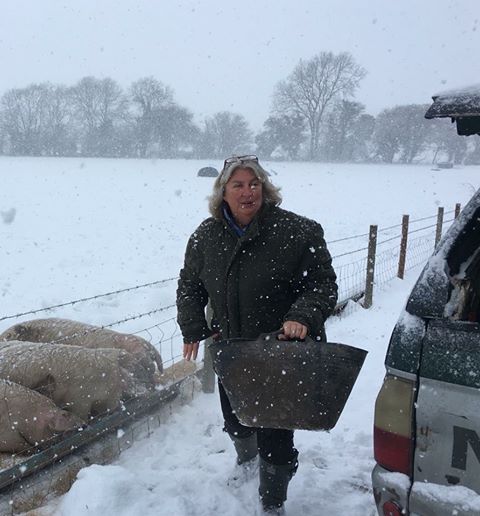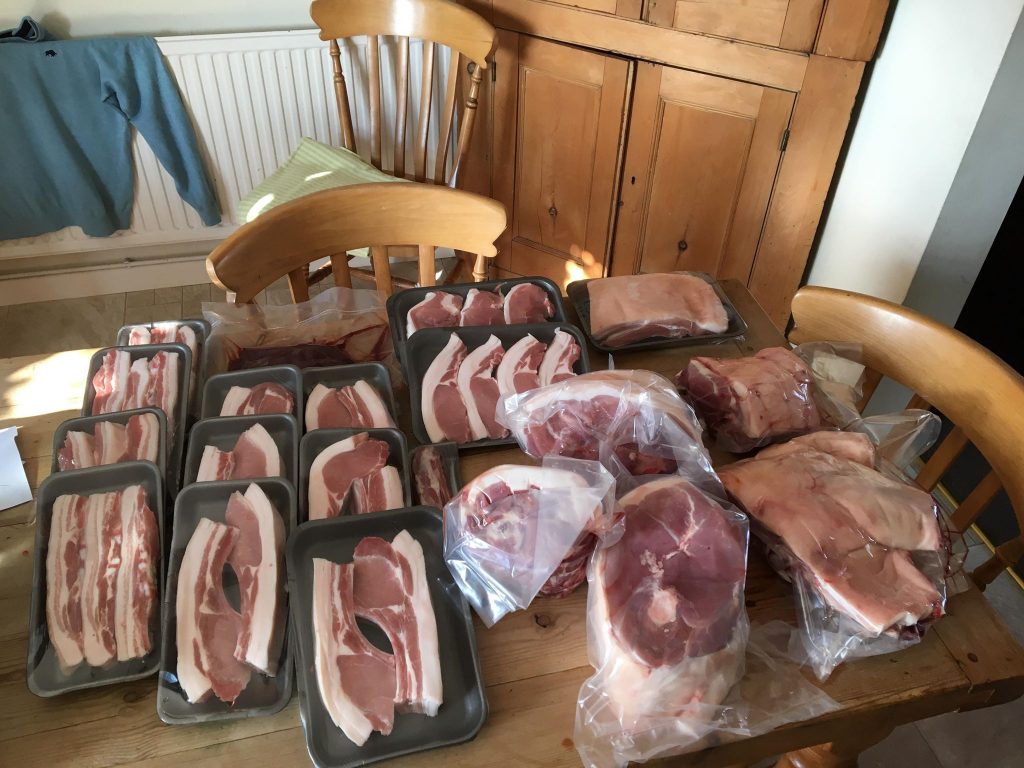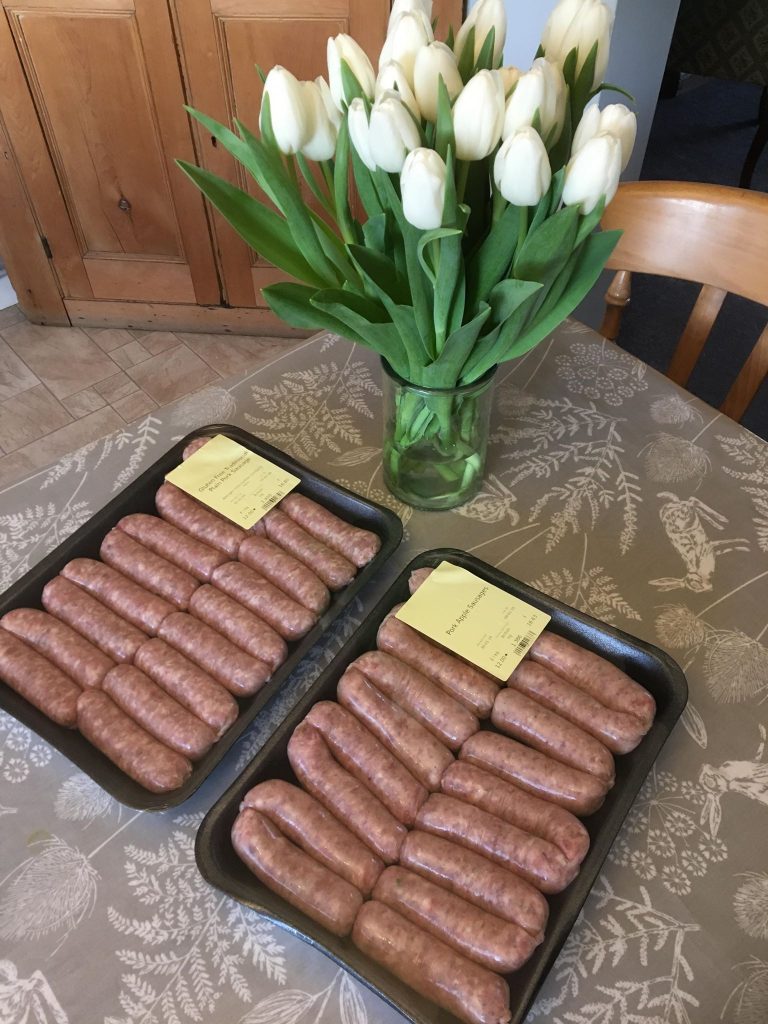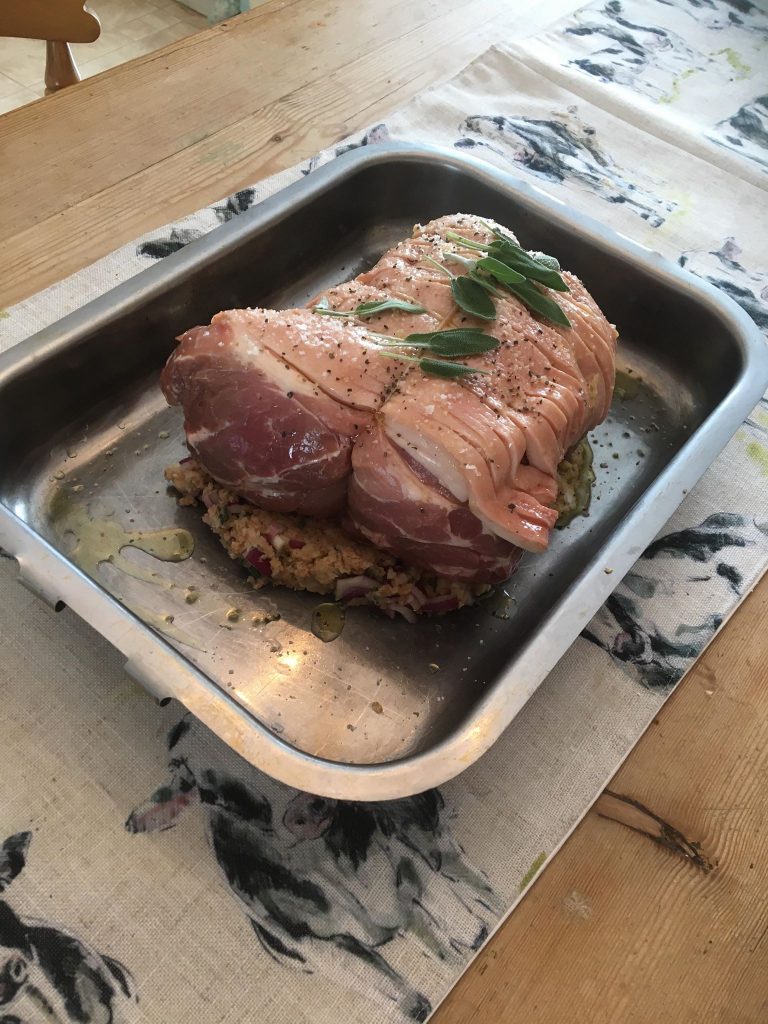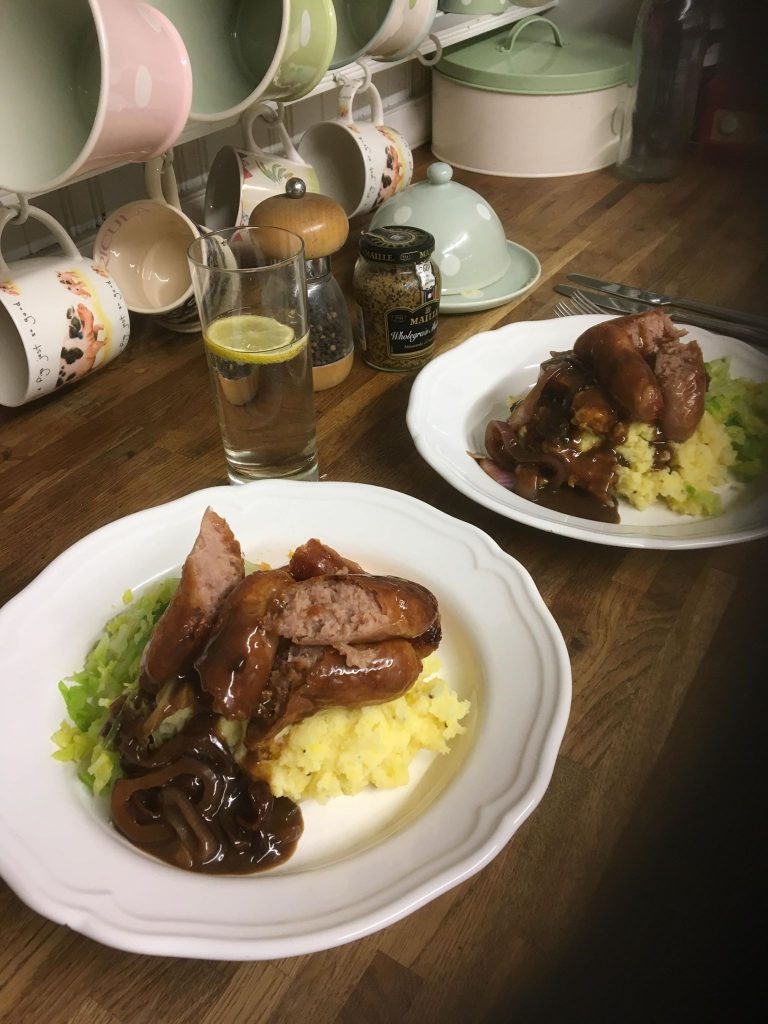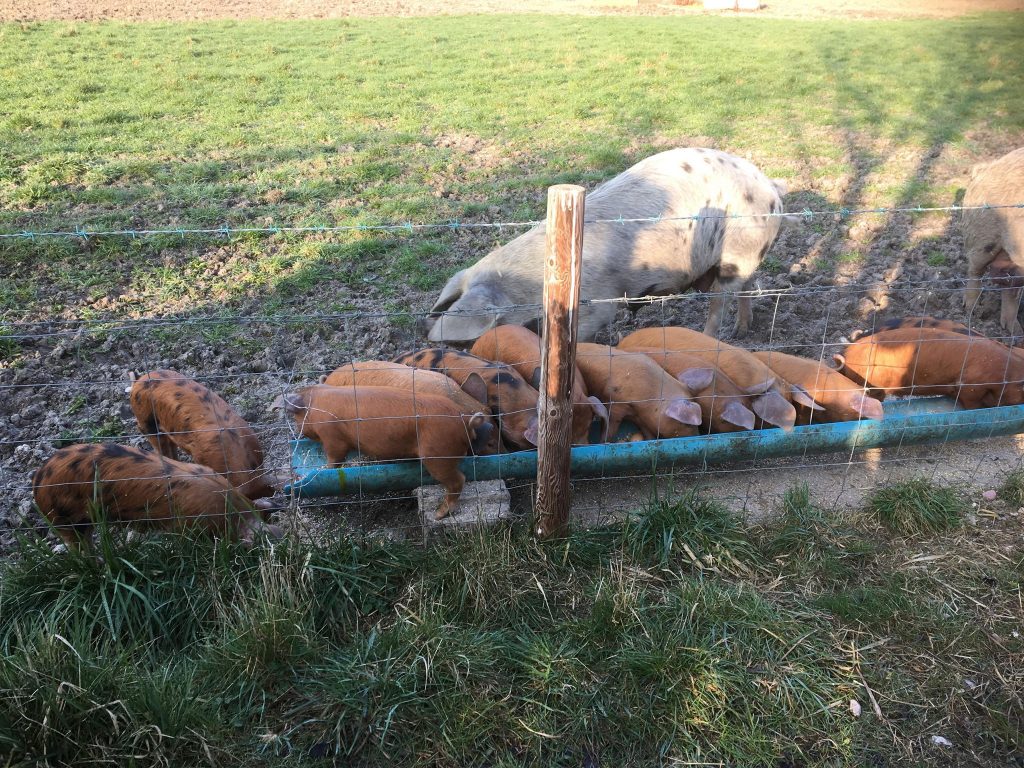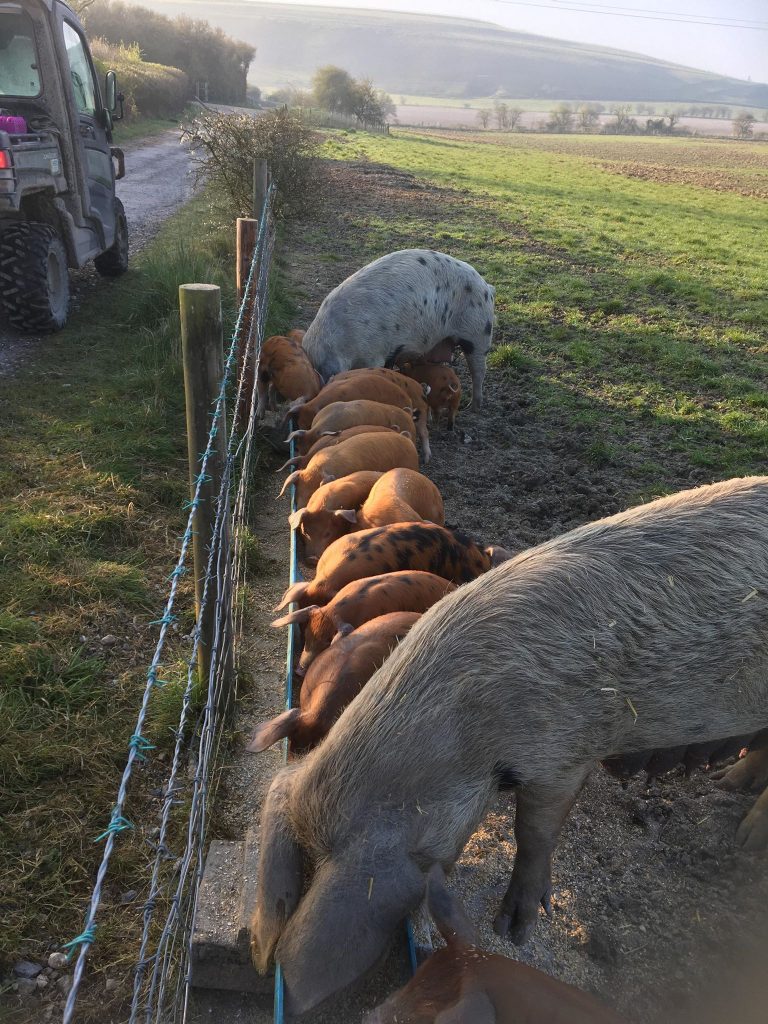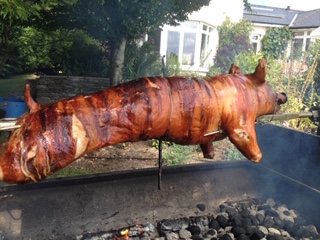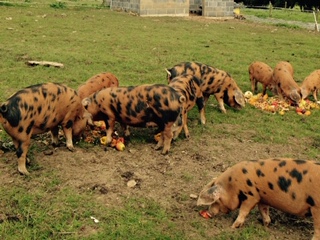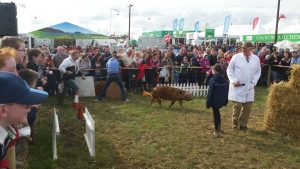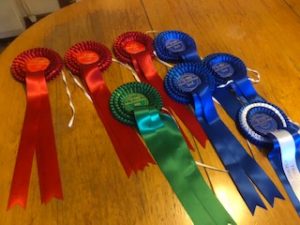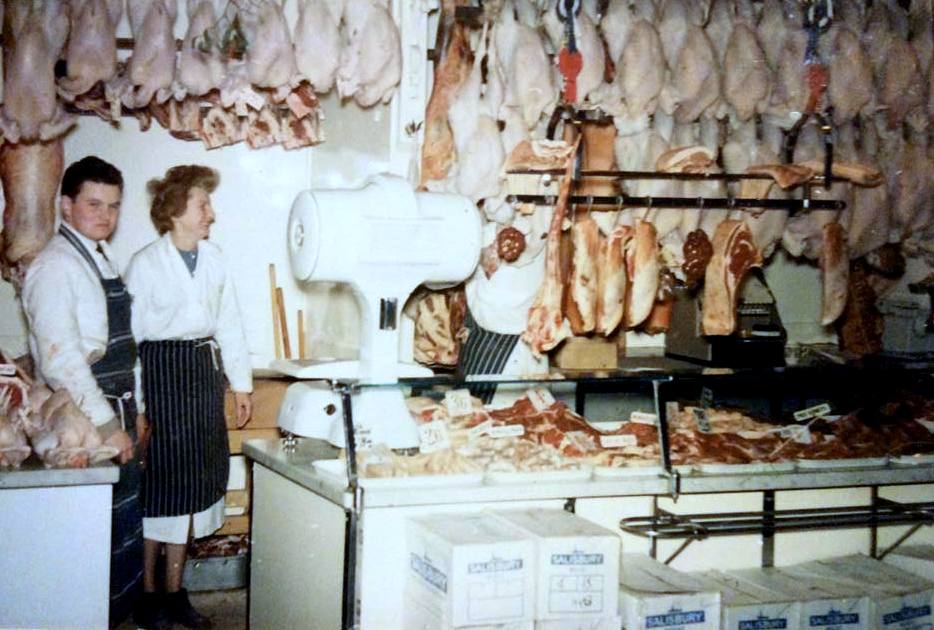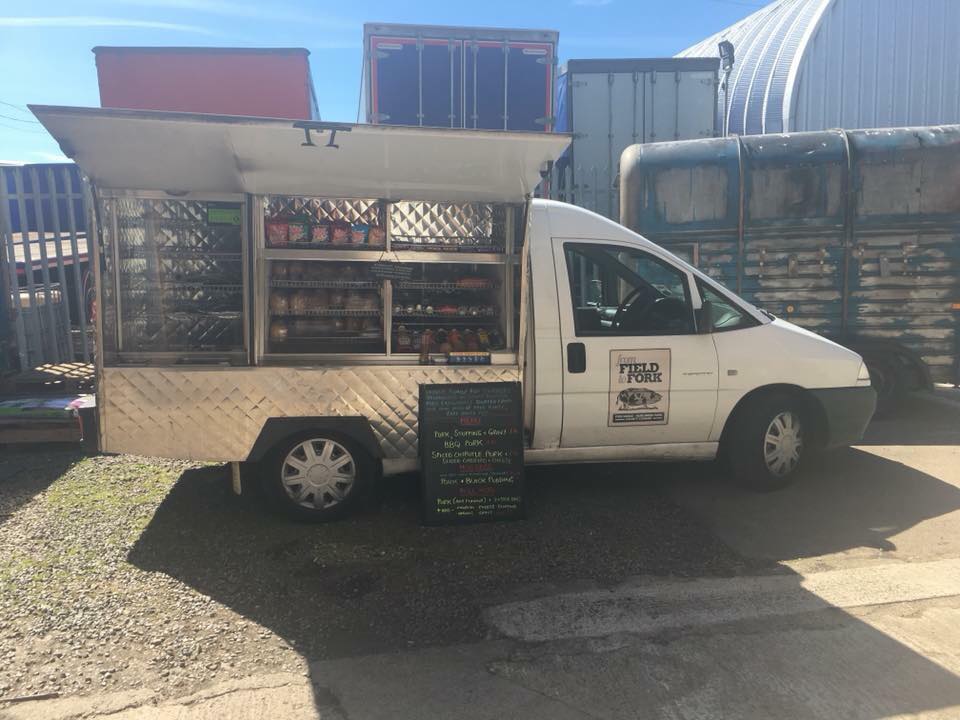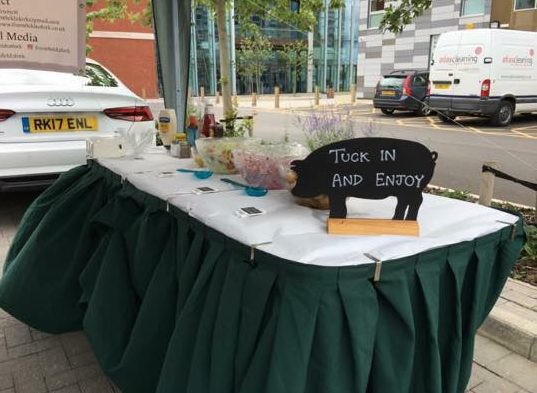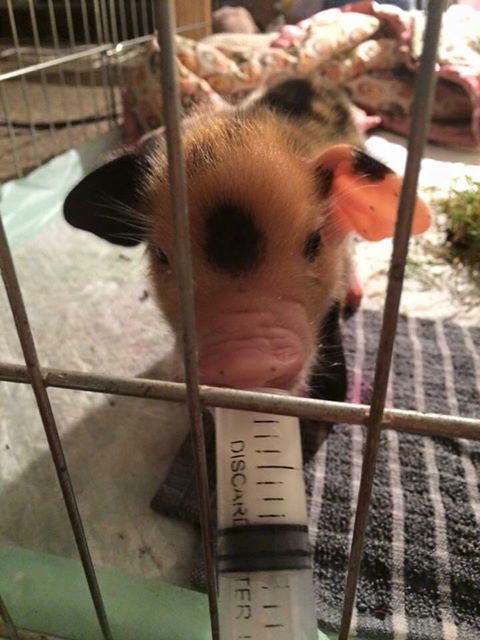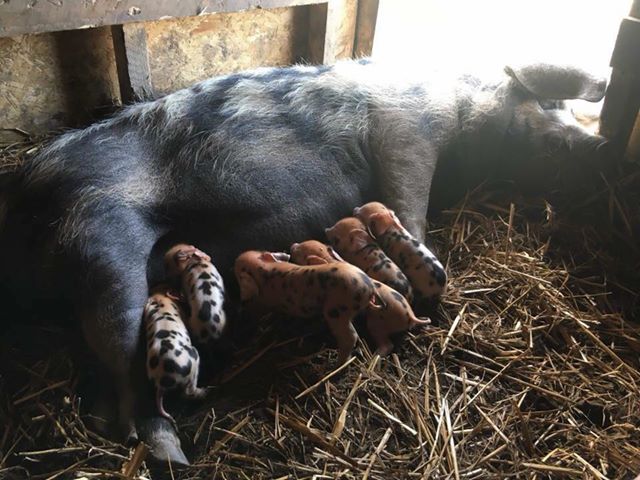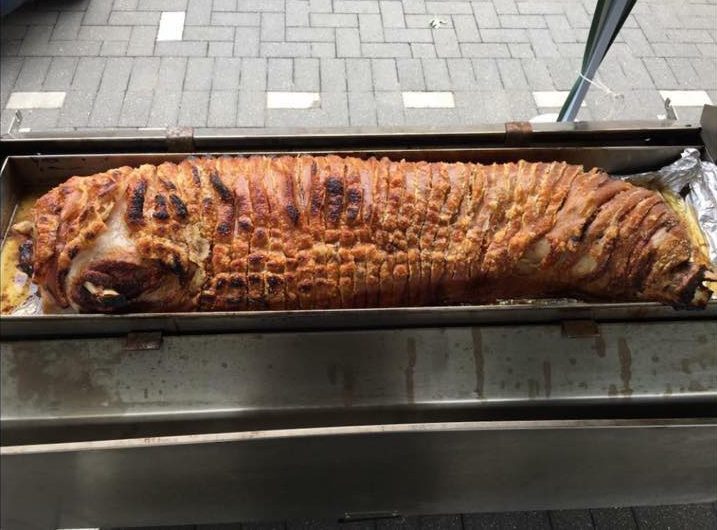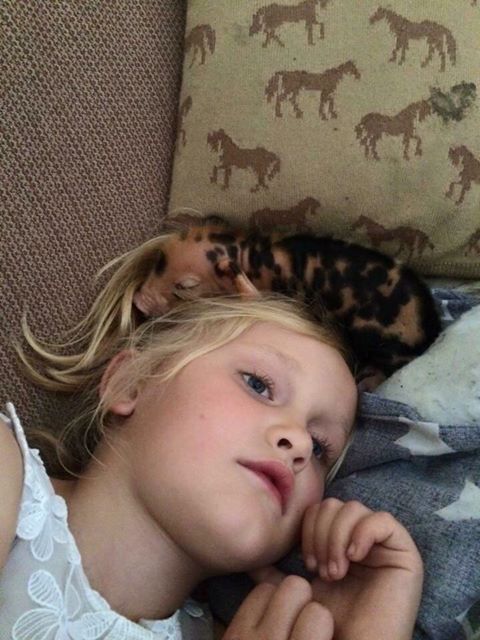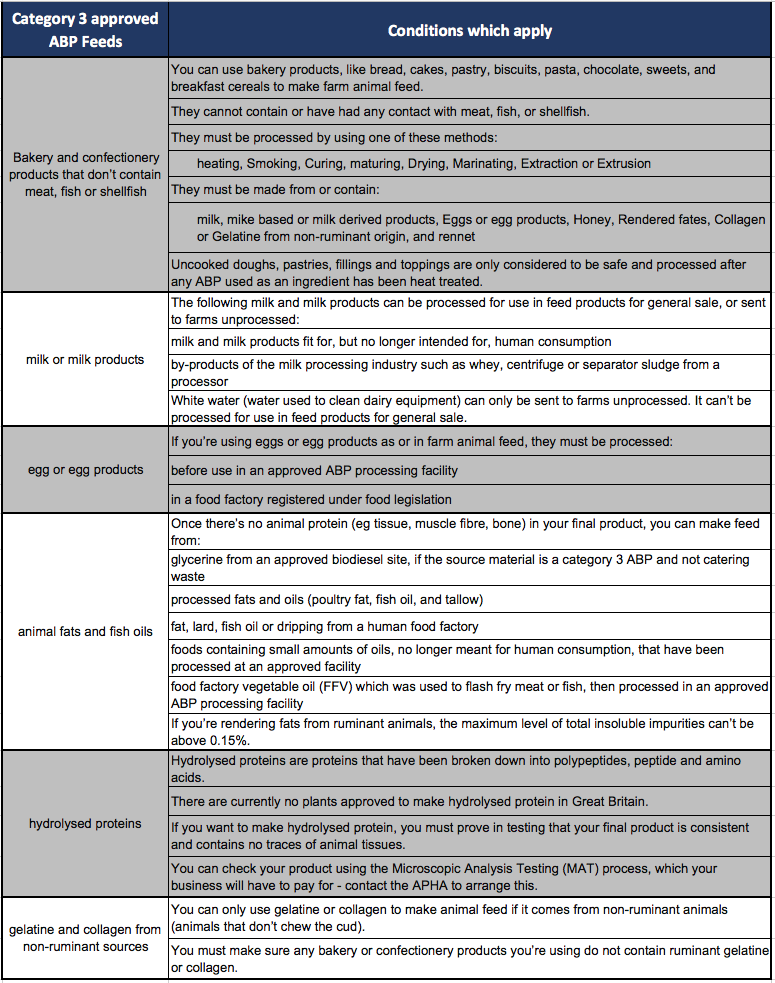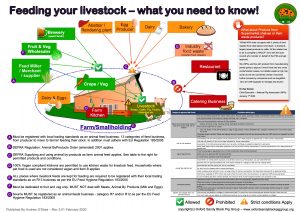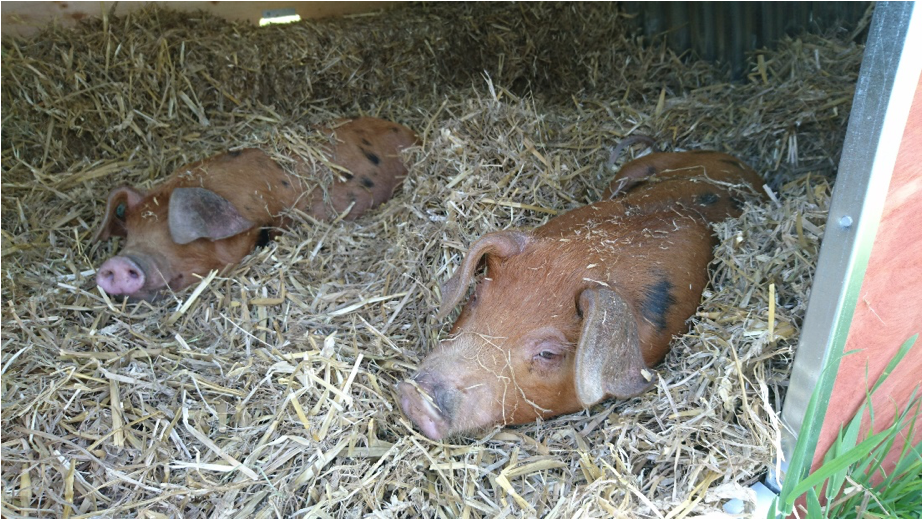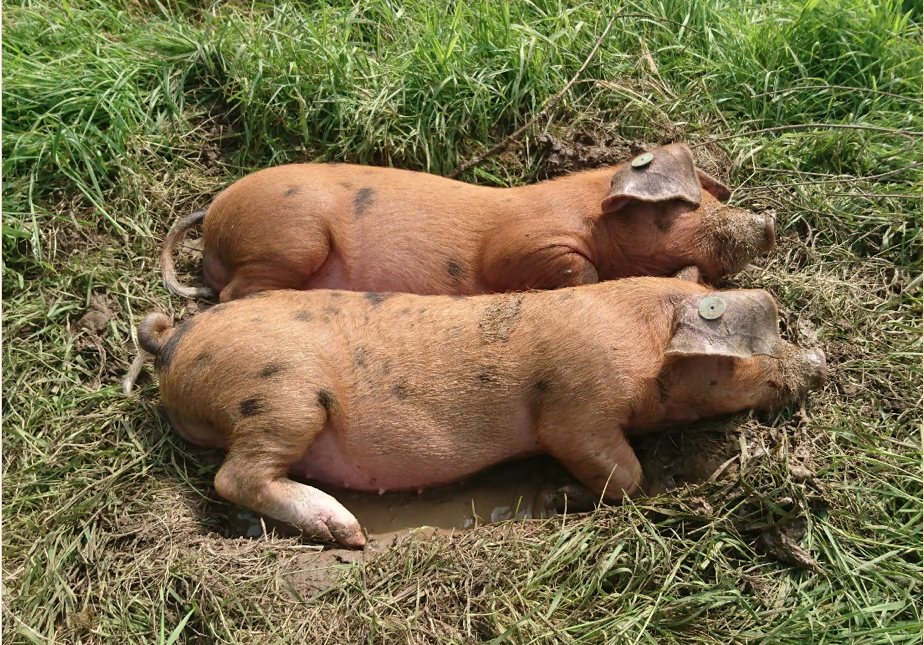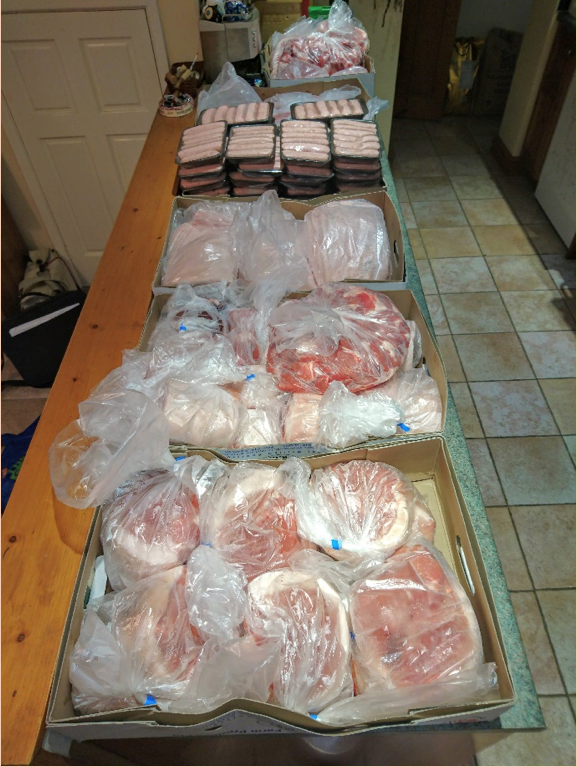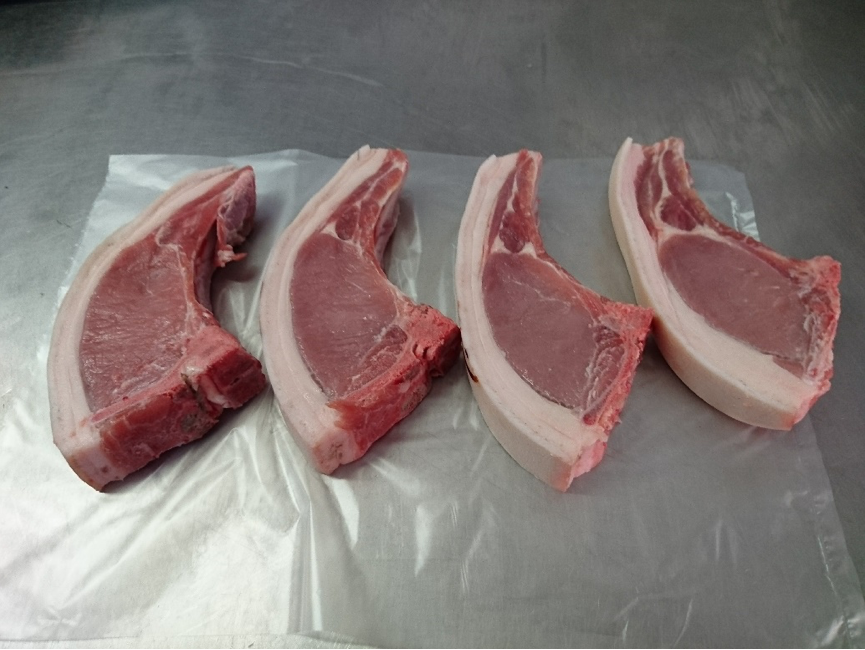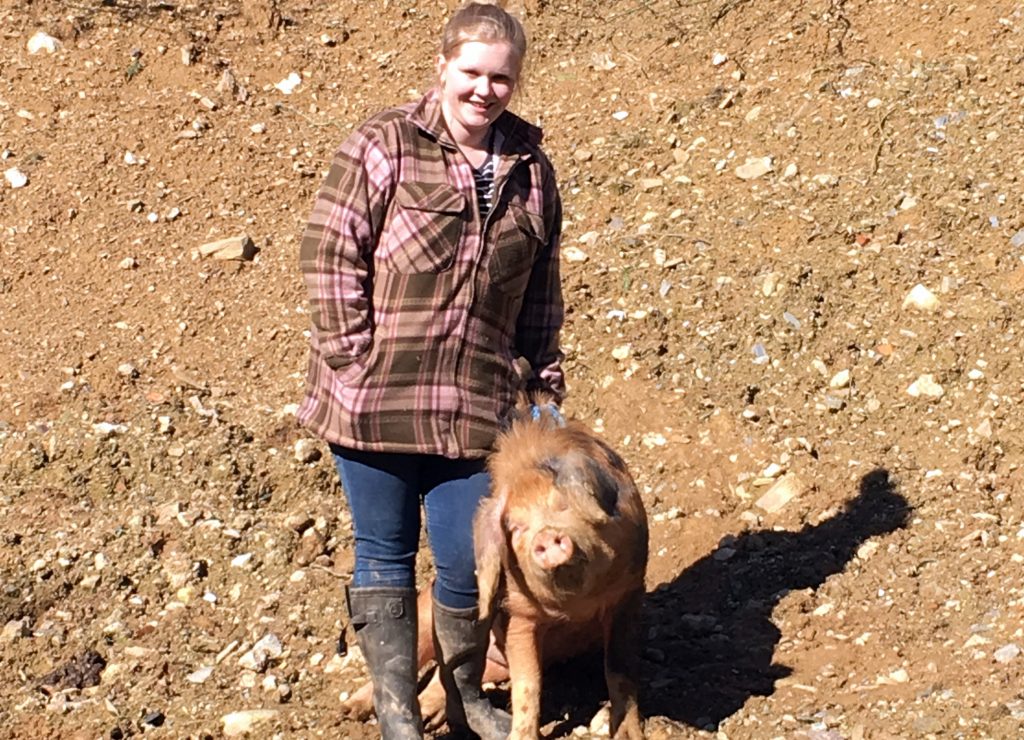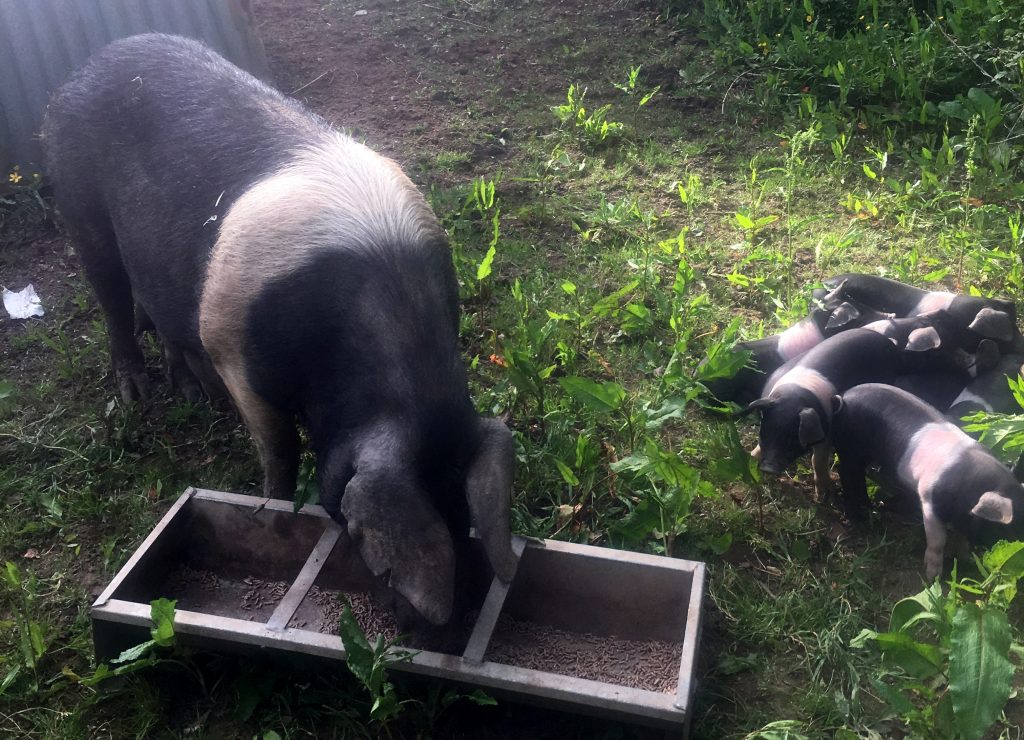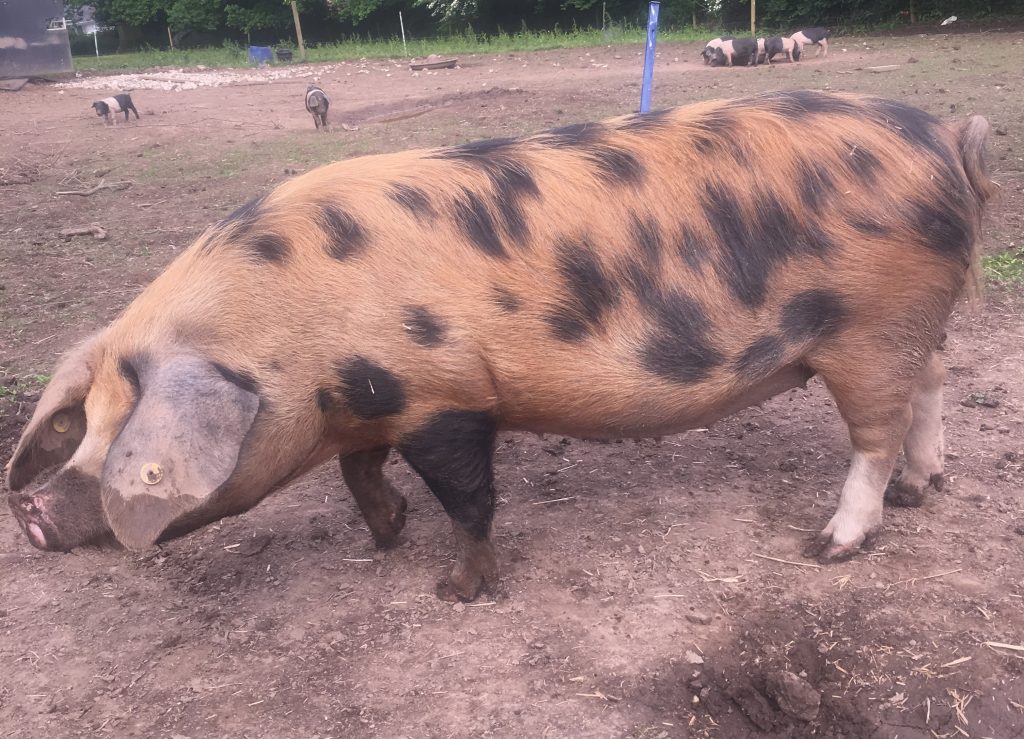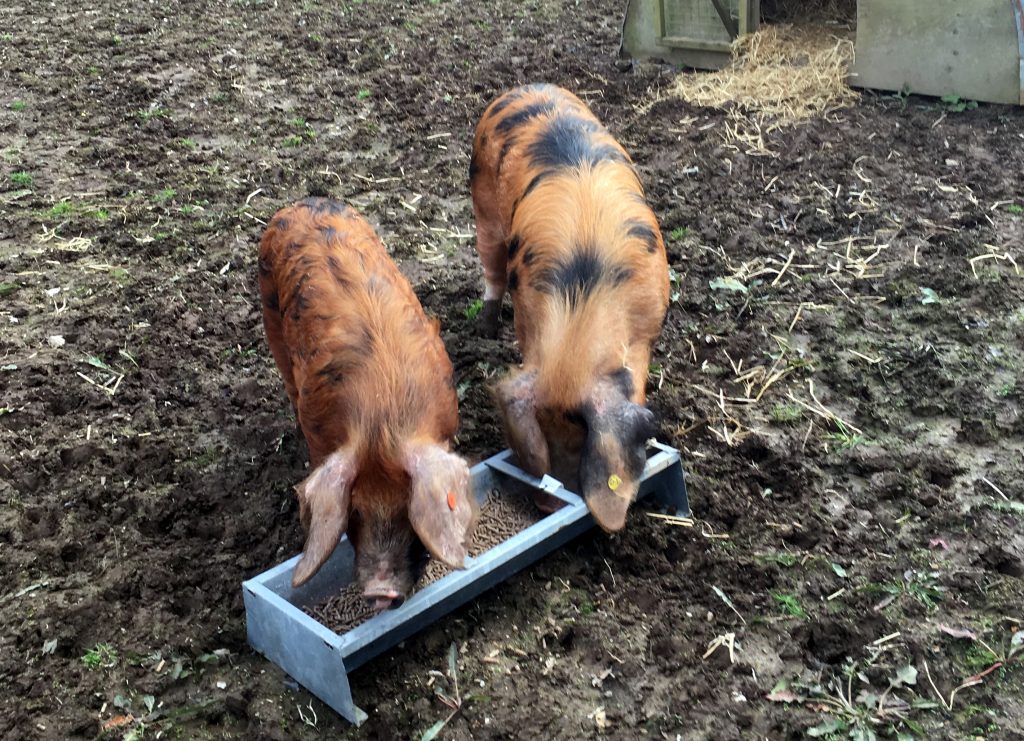Aden Foster asks: How do you match up wine to the salami? Which type is best? I’m sure different types alter the flavour but some are more acidic than others
[/word_balloon]I don’t believe in matching up drinks to food, it is what you fancy that counts it is your choice. It does not have to be expensive. I go for a simple château
[/word_balloon]Mick Larkin asks, what is the ‘in thing’ at the momen with Pork i.e. what cuts are they all looking for? Is Pork still popular around the world and here in the UK?
[/word_balloon]There is no “in thing” with pork. It is how well you serve, cook and present your food that makes people come back for more. My favourite is roast belly pork on the bone. Also i like to cook a rack of pork and this should be cooked medium and not very well done. I travel a lot in Asia where pork is very popular and exquisitely cooked. It is more fatty cuts.
[/word_balloon]Dave Reynolds asks, when cooking a joint of pork, do you use an internal temperature probe and, if so, at what internal temperature would you take the pork out to rest?
[/word_balloon]Depending on what cut of pork you are using. Yes I do rest pork but only for as long as it takes to sort the accompaniments. What is the most important part is the crackling.
[/word_balloon]Andy Lawrence asks I’d also like to know how long he hangs his pork for. I believe some chefs like it hung for up to 3 weeks. Also, would he like to share any of his recipes for pork? What’s his favourite pork cut and pork dish.
[/word_balloon]Hanging pork for a week is sufficient. I also salt my pork for 24 hours and then wash off before cooking. As i mentioned i do like all cuts of pork. But having a good apple sauce is important, many chefs are now using eating apples but it must come from coooking apples because of good acidity.
Deborah Phillips Nisbet asks, I’d be really interested to know how long he keeps his OSB’s before slaughter, his feeding regime and his results. I’m guessing commercially he needs to get the most out of his piggies and not have excessive fat so if he’s using OSB’s in his restaurants, he must be doing something right
[/word_balloon]I keep two lots 6 months and nearly a year. For meat and charcuterie. Some are kept in the woods and on grass land but currently they are away from my home as i am resting the land. I have someone to feed them twice a day but Kim knows these details so i will leave it to her to tell you. Fat is the best bit and important for flavour. Again, it is important how and what you produce with your pork to make it a success. Be experimental. I experiment all the time.
[/word_balloon]Wowie Dunnings says, Remember my mother Polly to him.
[/word_balloon]Is that Polly Buckham. Please remember me to her and send her my good wishes. I remember I was invited by a friend to stay with him at Hampshire, I turned up at this house after a walk and knocked on the door greeted by Polly it was a lovely day. Please remember me to her. Was there a Sophie there too?
[/word_balloon]Nelle Rolyat asks Would a quarterly recipe from him be a possibility? I know these things are being done anyway on the page but he would maybe draw more attention form outside the group and potential customers.
[/word_balloon]I have promised to do this but i have been travelling extensively since Kim and I met last June. Kim keeps me up to date monthly and we chat regularly. I know that Michelle Anderson Carroll has been working on the OSBPG Recipe Book and is now having finishes touches with Andrew O’Shea The Group is doing a fantastic job in both support and promotional work with the Pork and yes anything i can do i will.
[/word_balloon]Lorraine Jones asks for Just a picture of him cooking OSB pork
[/word_balloon]a chuckle…I have my OSB Apron and i will make sure that happens. If you are interested you can see me on you tube Great British Feast where i am cooking pork. Yes it was taken awhile ago but it will show you me cooking some belly pork.
[/word_balloon]My Final comments, Id like to say that I do admire the OSB for their meat and they are the best pig for pork. i have also tried various breeds of pigs but the Oxfords win. Saddlebacks he described as a pretty pig and was also good pork pig.
[/word_balloon]